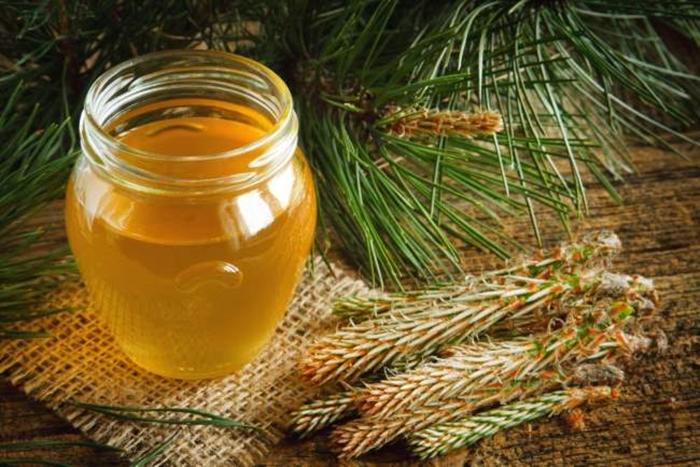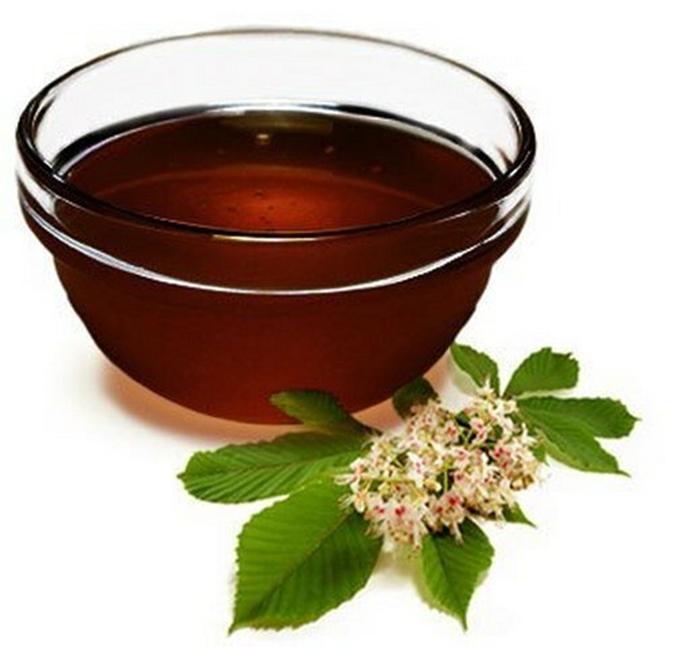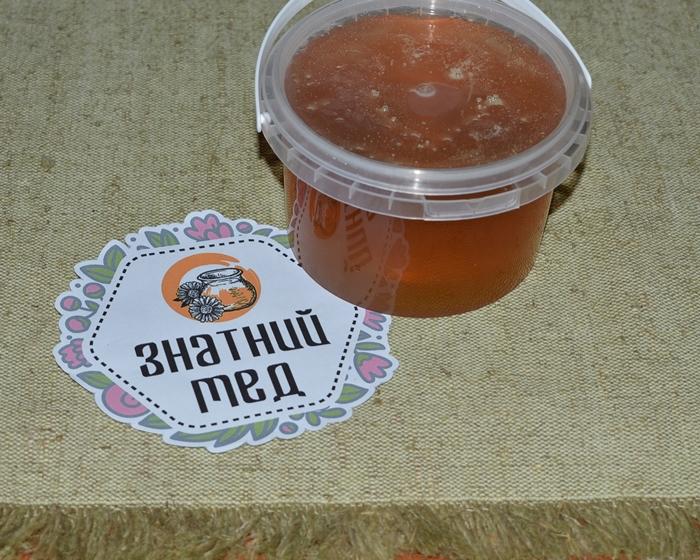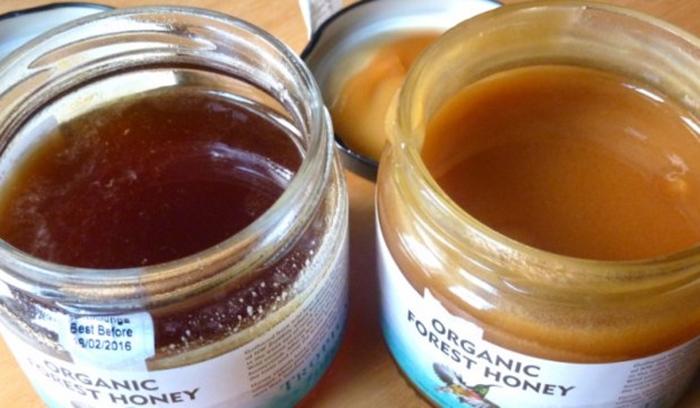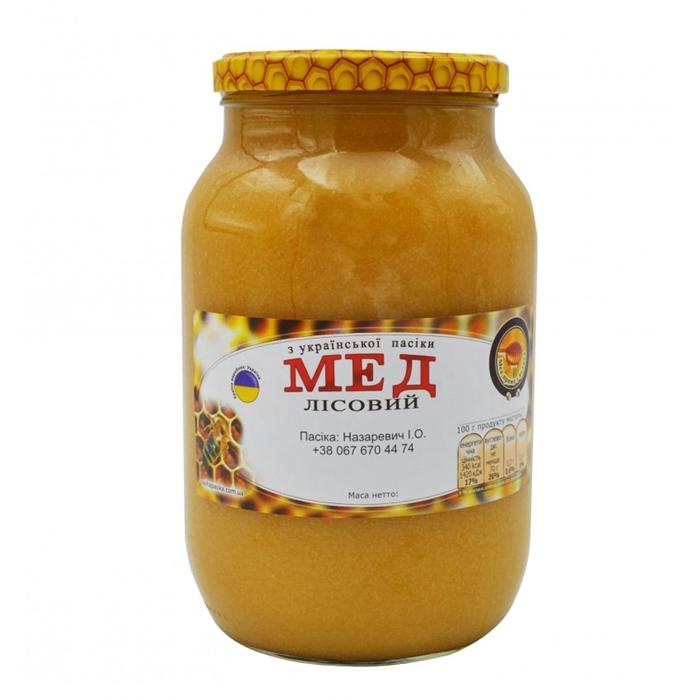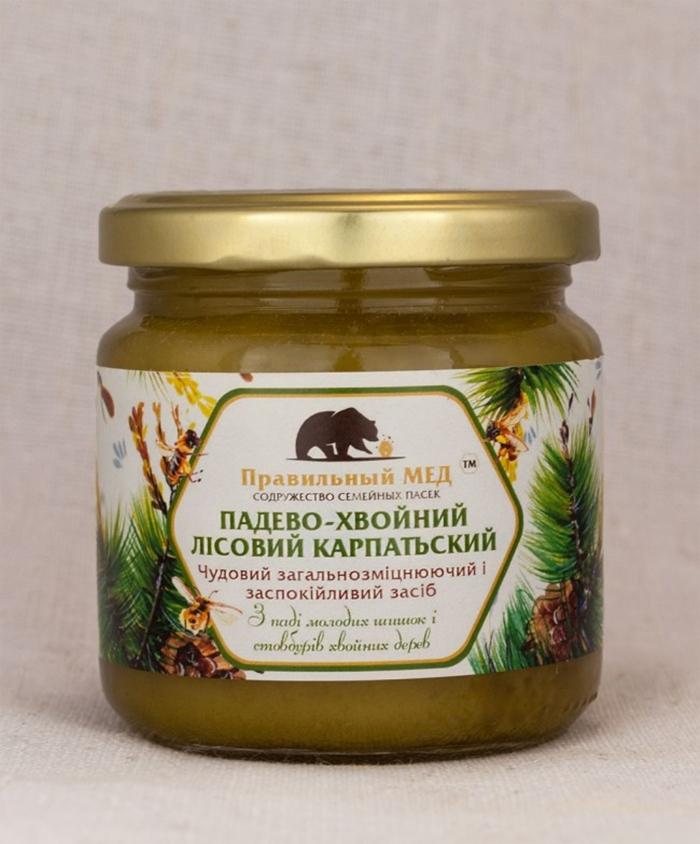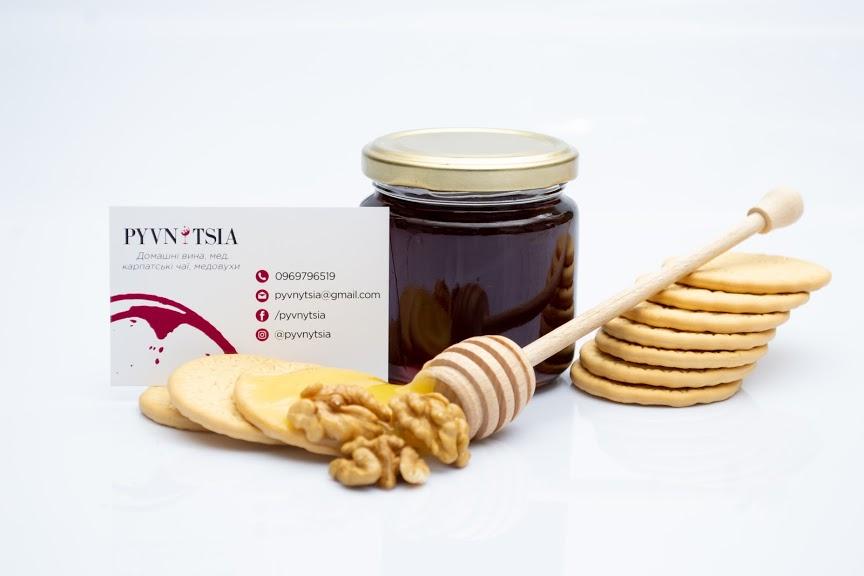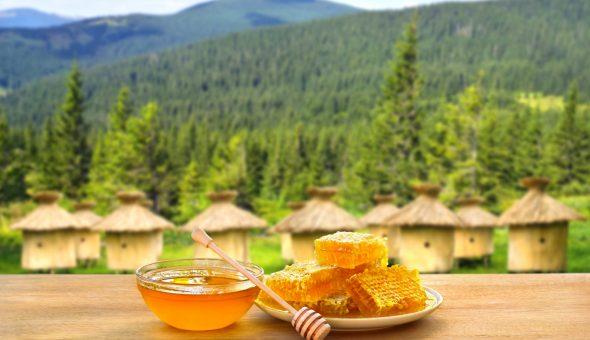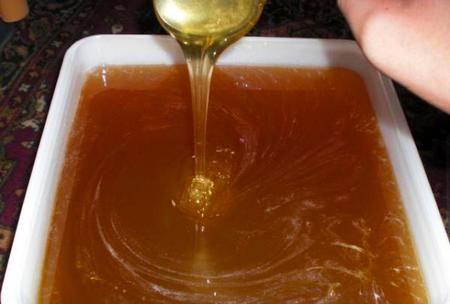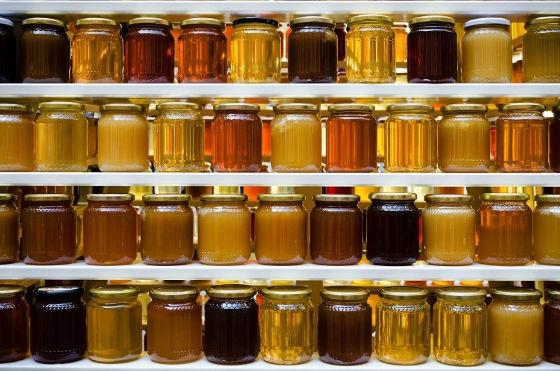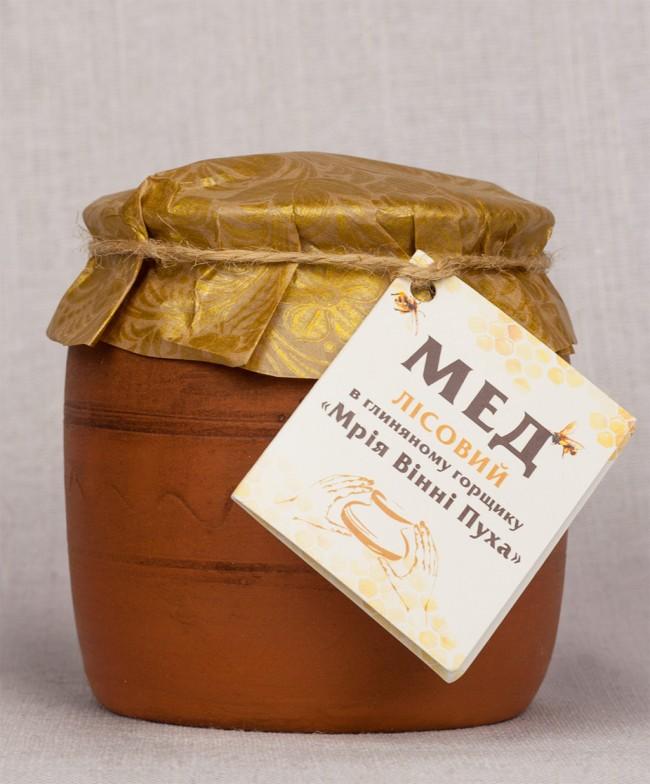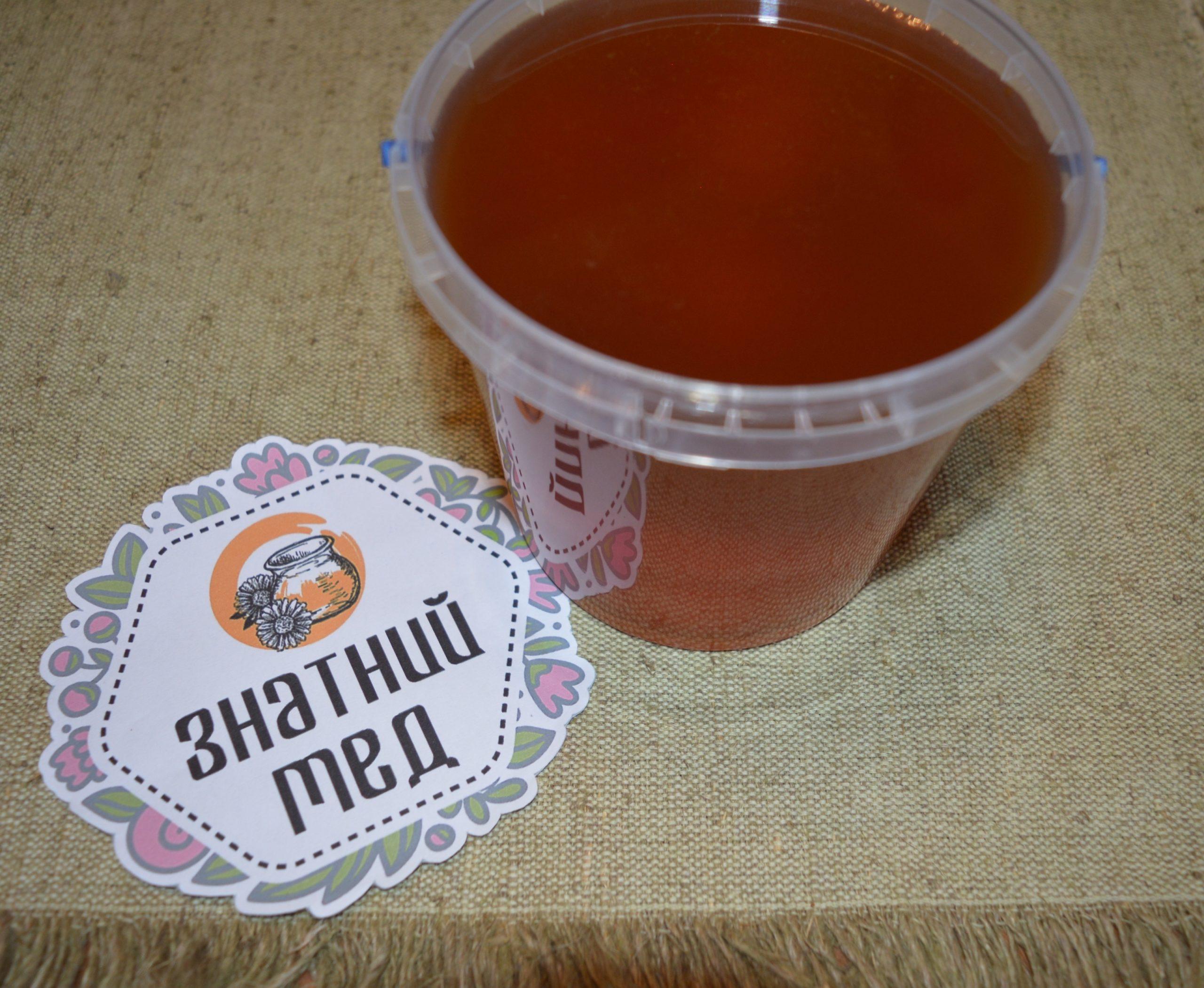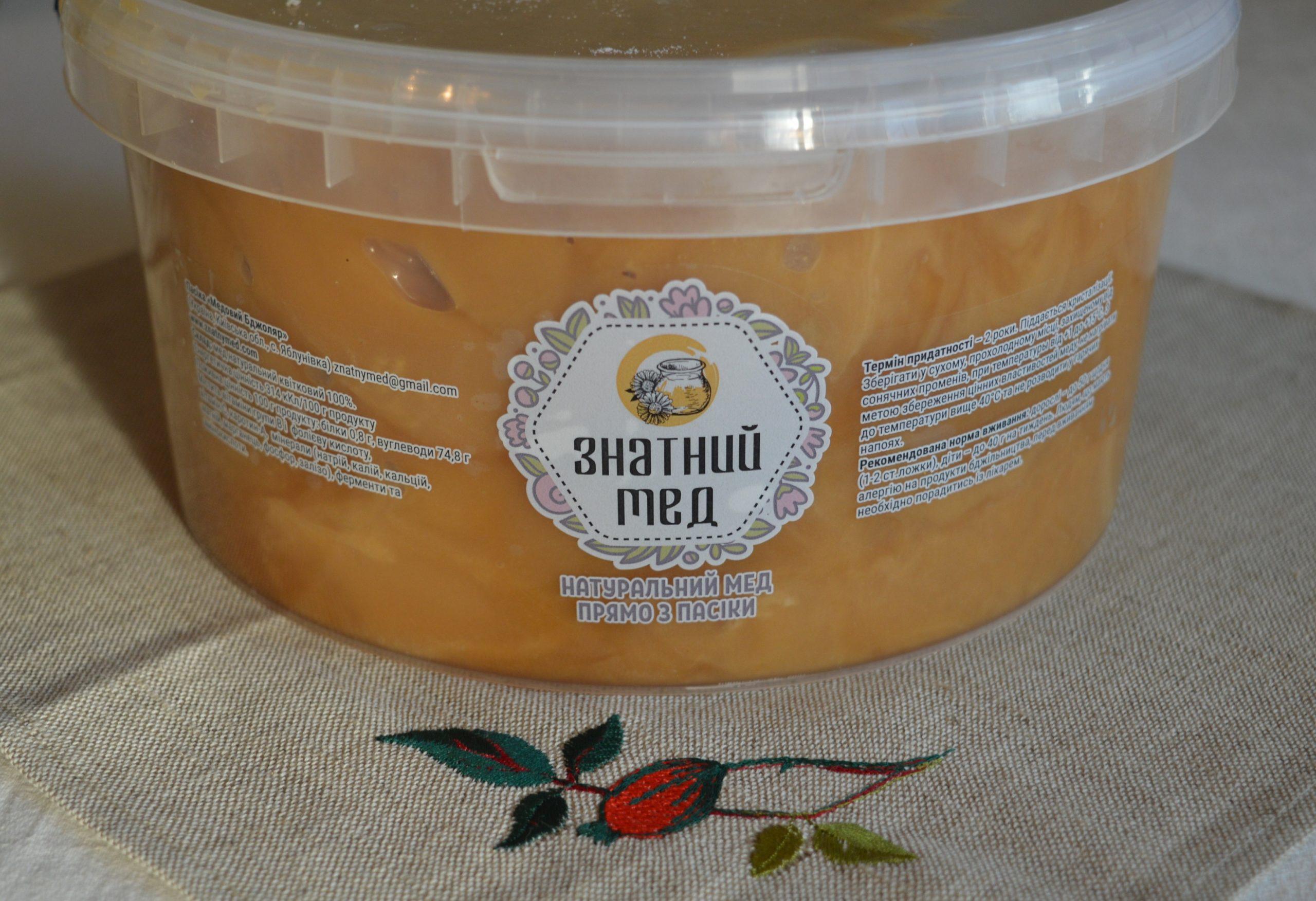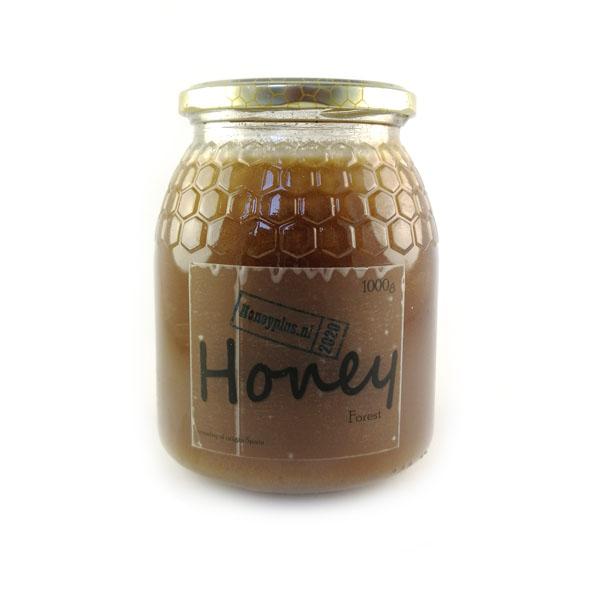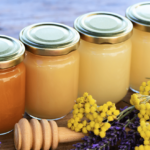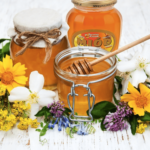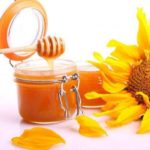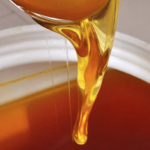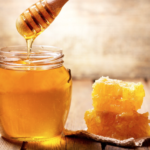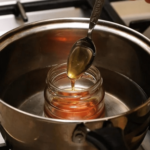Forest honey is a polyfloral beekeeping product for which bees collect nectar from flowers growing in forest areas. Sweetness belongs to elite varieties due to its composition, valuable properties, and organoleptic characteristics. The product is used in cooking, folk medicine, and cosmetology. But if you are just starting to discover this kind of honey, be sure to make sure that there are no contraindications to its use.
How do bees get forest honey?
To obtain this type of polyfloral honey, bees collect pollen from forest honey plants. They can be flowers:
- wild raspberries;
- strawberries;
- oregano;
- clover;
- hawthorn;
- linden;
- fir;
- ate;
- and you;
- pine trees
This kind of honey is not easy to obtain. To do this, the beekeeper takes the apiary to forest edges or clearings. Fortunately, bees quickly adapt to new conditions, so they begin collecting pollen almost immediately. The beekeeper monitors the hives during this period. The optimal period for such trips into nature is summer-autumn.
Composition and beneficial properties
The set of useful substances and, accordingly, the valuable properties of forest honey directly depend on the honey plant from which the pollen was obtained. However, in the general composition of sweets there are:
- tocopherol;
- ascorbic acid;
- vitamins K, PP;
- antioxidants;
- organic acids;
- riboflavin;
- pantothenic acid;
- vitamin B3;
- pyridoxine;
- iron;
- calcium;
- potassium;
- magnesium;
- zinc.
Thanks to this composition, “wild” honey is beneficial for health, as it provides:
- increased hemoglobin levels in the blood;
- decreased blood pressure;
- removing excess cholesterol from the blood;
- removing toxins from the body;
- maintaining healthy brain activity;
- strengthening immunity;
- improvement of skin, nails, hair;
- regulation of stomach acidity;
- stabilization of bile outflow;
- restoration of normal metabolism;
- elimination of the inflammatory process;
- providing antifungal, antibacterial, antiviral activity;
- analgesic effect.
The product suppresses the growth of cancer cells, protects against heart disease and performs many other useful functions. Therefore, include it in your diet if you have no contraindications to its use.
Application
Forest honey has found its use not only in the culinary industry. It is used in the treatment and prevention of diseases. In addition, the product is very popular in home cosmetology.
Heart diseases
To treat them, a special paste is prepared from honey and ground cinnamon (fresh or dried). The components are mixed in the following proportion: 1 teaspoon of honey with 0.5 teaspoon of spice. The resulting mass is spread on bread instead of jam and consumed daily for breakfast.
Arthritis
A honey drink is used to treat arthritis. In a glass of water you need to dissolve 2 teaspoons of honey and 1 teaspoon of ground cinnamon. Remember that the liquid should be warm, not hot, otherwise the bee product will lose its beneficial properties.
Take the remedy twice a day - morning and evening. If you regularly drink this sweet medicine, it will help relieve pain and inflammation, restore joint mobility and put the disease into remission for a long time.
Bladder infection
The product is also effective for cystitis. To relieve pain, inflammation and discomfort during urination, prepare a medicine similar to the previous one. Just dissolve 2 tablespoons of ground cinnamon and 5 milliliters of bee product in a glass of water.
Mix the ingredients thoroughly. It is important that they completely dissolve in warm water. Use the product immediately after preparation, it is better to do it in the morning or evening, before meals.
This home remedy destroys pathogens. Positive results from treatment can be observed by the end of the first week.
In cosmetology
Forest honey is used in home cosmetology to prepare face and hair masks. It promotes:
- smoothing out wrinkles;
- rejuvenation;
- achieving a lifting effect;
- combating acne;
- intensification of hair growth;
- preventing the development of alopecia;
- strengthening the hair follicle.
The product is often added to all kinds of scrubs for the face, body, and head. It is also useful for lubricating the nail plate and the area around it. Saturating the skin with vitamins helps strengthen nails, eliminating their lamination and fragility.
Types of forest honey
According to the type of collection, forest honey is divided into 2 varieties:
- Honeydew. This beekeeping product is considered the most valuable because it contains components of animal and plant origin. It is obtained from the secretion of aphids.
- Made. Actually, this is the honey that bees produce after collecting pollen from forest plants.
Advice. To find out exactly what type of “wild” honey is in front of you, study the label on the jar. If you buy a product directly from a beekeeper, you can ask him how the beekeeping product was obtained.
Depending on the honey plant, honey can be:
- Sosnovym. Produced mainly in Greece or the Aegean part of Turkey. It has a dark brown color and a caramel or woody flavor.
- Elov. It is distinguished by its amber color with the presence of reddish veins. The aroma is reminiscent of caramel or condensed milk.
- Pikhtov. This honey is a honeydew variety. The mass is dark in color with barely noticeable greenish veins. The smell can be different - herbal, resinous, caramel or even balsamic.
- Bukov. It is characterized by a mild but very sweet taste. It has a very thick consistency, smooth surface, and no crystallization when in liquid form.
- Dubov.It has a dark color and a well-defined, pleasant aroma. Honey dew is produced by insects. Honey crystallizes quickly. Its crystals can reach impressive sizes.
This list can be continued for a long time. After all, completely different forest crops can act as honey plants - both trees and plants.
How to distinguish from a fake?
It is necessary to identify forest honey and distinguish it from counterfeit honey taking into account its organoleptic characteristics. You can understand that this is a truly “wild” beekeeping product based on the following parameters:
- Color. Varies from light amber or golden to brown, sometimes even black. Additional shades may be present if the honey plants are coniferous trees.
- Aroma. Bright, well expressed and tangible. It can be mild, but sometimes there are tart notes.
- Taste. It is difficult to compare it with the flavor of other types of honey. And even more so, an artificially obtained product will not be able to repeat this organoleptic criterion. The taste of forest honey is rich, astringent, tart, sometimes with a slight sourness.
The crystallization process occurs in different ways. Therefore, it is difficult to judge the authenticity of honey using this criterion.
Contraindications for use
Forest honey is undoubtedly a healthy product. But do not forget about the contraindications that it also has. It is prohibited to use it if you have:
- allergies to any bee products;
- severe diseases of the digestive tract;
- progressive oncopathologies;
- intolerance to sweets as such;
- disturbances in the level of stomach acidity.
Despite the low glycemic index, the beekeeping product is prohibited for consumption if you have diabetes. People who are overweight should not get carried away with it, and if they are obese, it is completely contraindicated. Doctors advise not to include honey in the diet during pregnancy and not give it to children under 3 years of age.
Storage Features
Honey is stored in a dark place, protected from direct sunlight. A pantry, cellar or basement is perfect for this. But it is not forbidden to place the container with the product on the refrigerator shelf.
It is recommended to store the sweet in the same container where it was when purchased. Typically glass jars or plastic buckets are used for this. The optimal temperature for the product is no higher than +25 °C. If you follow these simple rules, honey will retain its beneficial properties for a long time.

